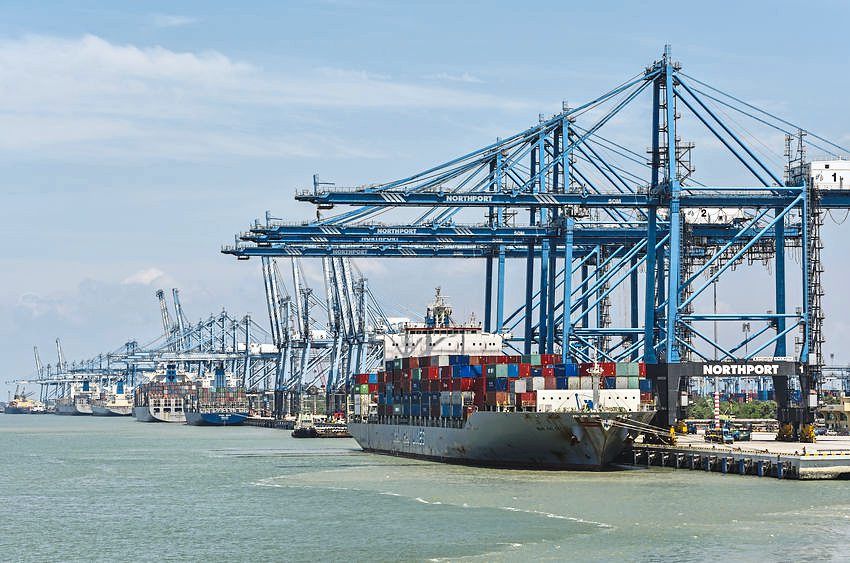THE maritime history of Malaysia dates back to the time of the Melaka Sultanate in the 15th century. And the Strait of Malacca has been an important shipping route with a long history of trade, colonisation and efforts to achieve political and economic stability.
To date, the strait is considered to be among the most heavily used for international navigation, with more than 80,000 ships traversing it annually. It connects the Indian Ocean with the South China Sea, offering the shortest and most economical routes for transportation of petroleum and other liquids. Its strategic features make Malaysia a maritime link that is significant in world trade.
Malaysia has put in a lot of work over the years to improve ports, environmental protection and infrastructure for safe navigation in the Strait of Malacca.
However, technology is advancing, new vessels are using different fuel types, there are larger vessels with deeper draughts, and even the possibility of Maritime Autonomous Surface Mass Ships (ships that can operate independently of human interaction), so is Malaysia doing enough to keep up with the pace of transformation in this industry?
Port Klang and Port of Tanjung Pelepas, both ranked among the world’s top 20 ports, set what seems to be excellent performance benchmarks last year, with container volumes of 13.64 million and 11.2 million 20-foot equivalent units (TEU; one 20-foot container equals one TEU) respectively.
However, while Malaysia is currently recovering well from the effects of the Covid-19 pandemic and its economy is growing, the maritime industry is only growing slowly. We need to make the port and shipping sector more efficient, resilient and significantly greener to be fully prepared for the future.
The need to upgrade ports and other crucial transportation infrastructure is growing more urgent as a result of the global expansion of ecommerce, which has elevated and improved consumer shopping and purchasing behaviours.
Globally, the maritime sector is constantly on the cutting-edge of knowledge, and investments in research and development (R&D) activities are helping the sector transition towards a sustainable approach. But what kind of R&D budget has been allocated to the maritime industry in Malaysia?
Policy evaluation for continuous improvement is critical to good maritime governance. It can assist the government in adapting to changes in the business environment and remain competitive. However, despite investment in the maritime sector, there is a lack of information and reliable data that is required for effective management, and existing policies have not received the full attention they deserve.
Looking ahead, it is clear that a maritime industry strategic plan, with a road map and clear ideas of how to ensure significant progress, is needed.
Maritime industry players must invest in new expansions and technologies to strengthen their resilience in the face of upcoming crises – Malaysia’s future as a maritime nation requires the cooperation and commitment of all maritime players.
To ensure that the maritime industry is sustainable in the long term, stakeholders must shield themselves from competitive pressure by upgrading technology, increasing cargo capacity, reducing labour shortages, guaranteeing an adequate supply of skilled labour, enhancing performance, and strengthening regional transport connections.
DR IZYAN MUNIRAH MOHD ZAIDEEN
CAPT MOHD FAIZAL RAMLI
Terengganu
Izyan is a senior lecturer at the Faculty of Maritime Studies, Universiti Malaysia Terengganu, and Capt Mohd Faizal is an Environmental, Health & Safety marine specialist in the oil and gas sector.
Reference: https://www.thestar.com.my/opinion/letters/2023/01/03/charting-the-future-of-malaysias-maritime-industry

